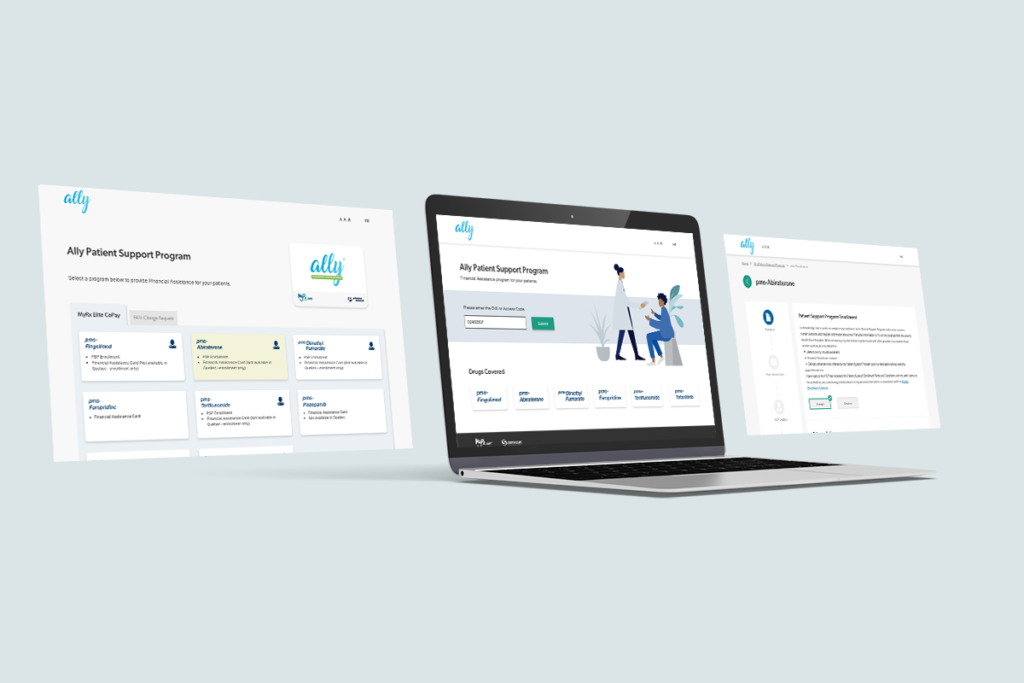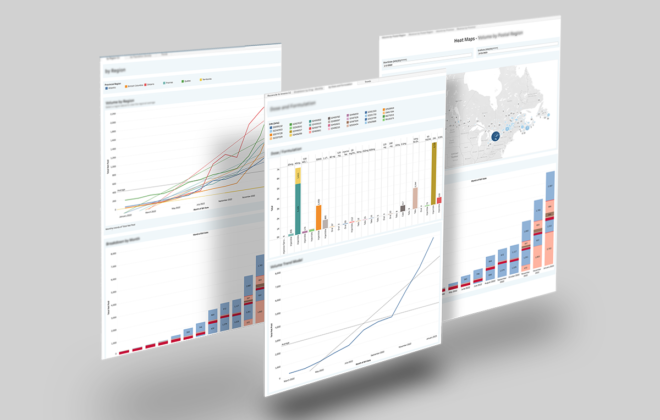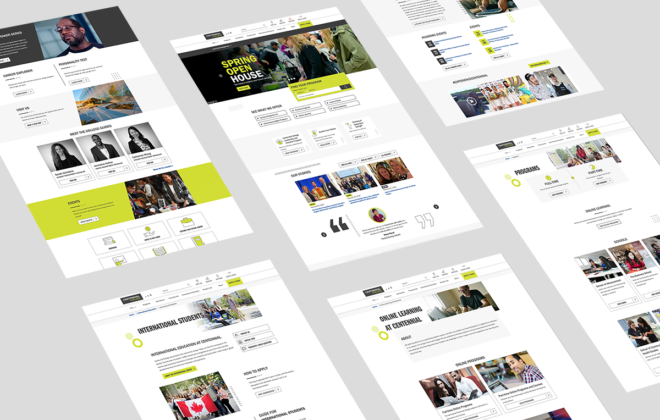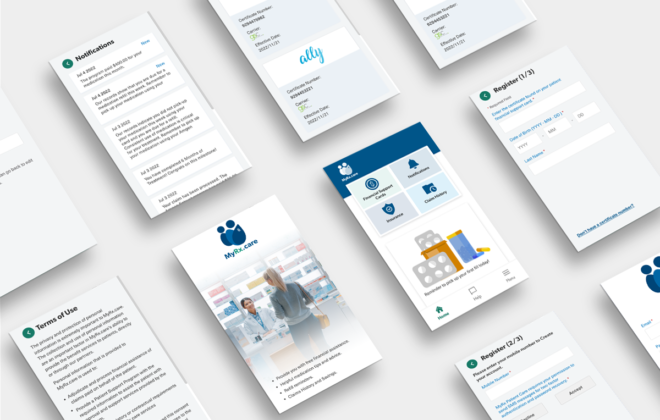Improving patient engagement with a patient support program portal
Introduction:
Patients who require ongoing treatment for chronic conditions often need additional support and resources to manage their health and well-being. A pharmaceutical manufacturer realized this need and decided to implement a patient support program to help patients access the resources they needed to manage their conditions effectively. However, the client faced challenges in ensuring that healthcare providers (HCPs) were aware of the program and were able to enroll patients into it easily.
Problem:
The client was facing several challenges in ensuring that HCPs had access to the resources and support offered by the patient support program. These included:
- Difficulty in enrolling in the program: Patients and healthcare providers often found it difficult to navigate the enrollment process, which involved multiple phone calls and trips to the clinic.
- Lack of awareness of the program: Many patients were not aware that the patient support program was available, and therefore, they did not take advantage of it.
- Inefficient distribution of resources: The process of distributing resources and support to patients was often time-consuming and inefficient, which limited the effectiveness of the program.
Solution:
The client decided to develop a portal that would allow patients and healthcare providers to enroll in the patient support program and access the resources and support it offered. The portal was designed with a user-friendly interface that made it easy for healthcare providers to enroll patients and access the resources and support they needed.
The portal also included educational resources, such as videos and articles, to help HCPs better manage their patients. This helped to increase patient engagement and encouraged patients to take an active role in their own care.
Results:
The development of the portal resulted in several positive outcomes for the clinic and its patients:
- Increased patient enrollment: Patients reported that they were very satisfied with the ease of use and convenience of the portal. More patients enrolled in the patient support program, which allowed them to access the resources and support they needed to manage their conditions effectively.
- Improved access to resources and support: Patients reported that they were able to access resources and support more easily and efficiently since they were able to enroll and access them directly from the portal.
- Increased patient engagement: The portal helped to increase patient engagement, as patients were able to access educational resources and take an active role in their own care.
- Increased efficiency: The clinic was able to distribute resources and support to patients more efficiently since the enrollment process was streamlined and automated through the use of the portal.
Conclusion:
The development of the patient support program portal allowed the client to improve patient engagement and access to resources and support. The portal was well-received by patients, who appreciated the ease of use and convenience, and the clinic was able to improve the efficiency of the enrollment and distribution process. The project was a success, and the clinic plans to continue to use the portal to improve patient engagement and support for patients with chronic conditions.






